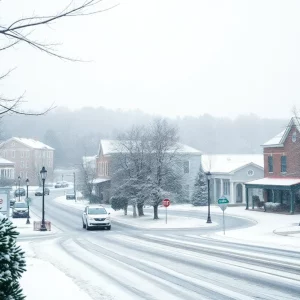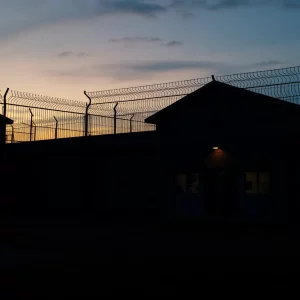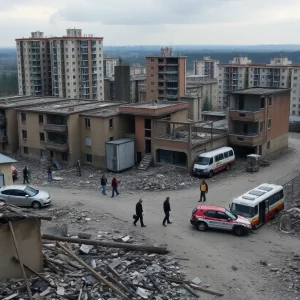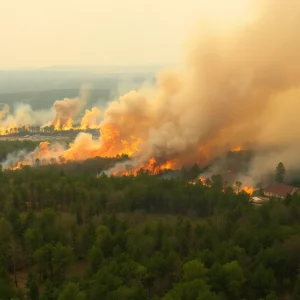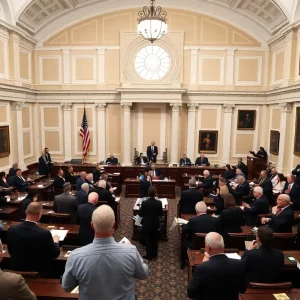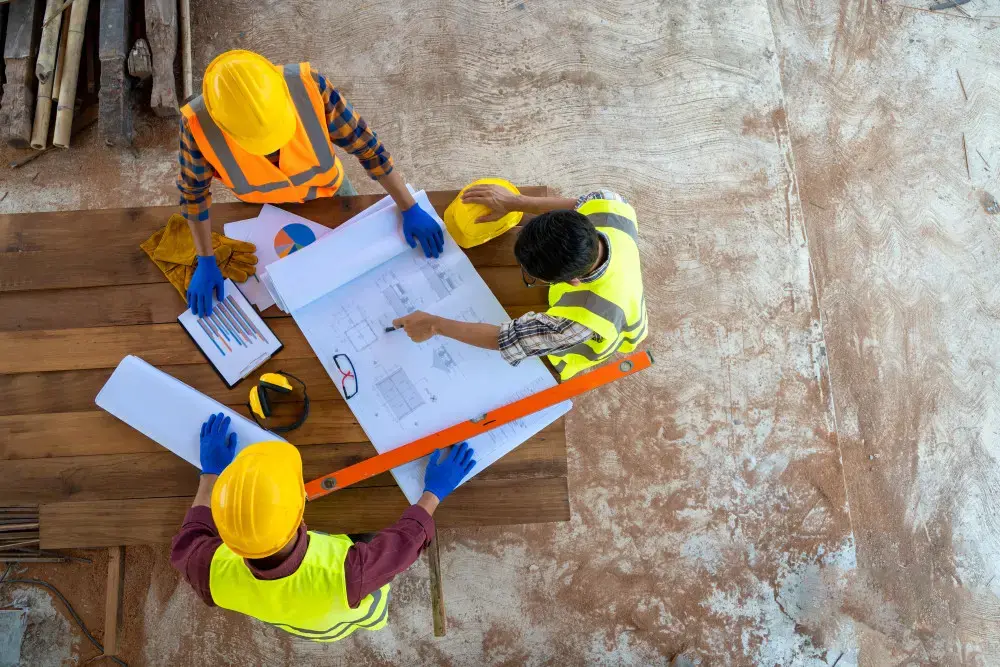Greenville Braces for Cleanup After Hurricane Helene
Greenville woke up to a scene of chaos on the morning of September 27, 2024, as residents dealt with the aftermath of Hurricane Helene sweeping through their community. The storm, which roared ashore in Florida as a powerful Category 4 hurricane, quickly made its way across Georgia and into South Carolina, leaving a trail of destruction in its wake.
What We Saw
The Reedy River, normally a peaceful sight at Falls Park, was transformed into a turbulent torrent, prompting locals to flock to the area to snap photos and capture the remarkable yet alarming views. Children splashed in the rising waters while adventurous souls took to kayaks, enjoying a unique opportunity to paddle through their city while warning signs floated nearby.
Sadly, the storm didn’t come without its toll. Reports confirmed at least 19 lives lost across South Carolina, primarily in the Upstate regions that typically don’t experience hurricanes. The wreckage spread far and wide, as the storm unleashed precarious winds and heavy rain, uprooting trees, snapping power lines, and flooding streets.
A Closer Look at the Damage
In residential neighborhoods, trees fell onto homes, with a particularly devastating report from Woodland Hills, where a neighbor’s tree crashed onto Bert Goolsby’s house early Friday morning. Similarly, James Island’s quiet streets erupted into a hive of activity as residents watched crews working tirelessly to remove fallen trees.
As Helene moved inland, places like Isle of Palms reported high surf that turned beachside pools into sandy messes and left beaches mostly buried under storm debris. The impact was notably felt in the Upstate, a region that rarely sees such intense tropical weather. Rusty Burns, Anderson County Administrator, likened it to the catastrophic scenes of Hurricane Hugo over 30 years ago, citing this storm as potentially the “worst natural disaster” the county has experienced.
Power Outages and Recovery Efforts
The winds did not just impact homes; they wreaked havoc on utility systems. At one point, more than 1.3 million customers were without power, causing widespread panic. Company officials warned that it could be days before power was completely restored, with estimates suggesting it might take until mid-next week. Residents in Fountain Inn, an Upstate locality, faced complete outages as crews began to assess the extensive damage.
While traveling around Greenville, it was evident that multiple roadways were blocked by fallen trees. Emergency sirens echoed through neighborhoods, signaling that cleanup efforts were just getting started. Safety cautions were urged, particularly regarding downed power lines that could pose dangers even after the storm had passed.
Looking Ahead
With the storm’s destruction still fresh, local governments, including that of Charleston, wasted no time in beginning assessments and opening emergency response channels. A presidential emergency declaration was approved, further aiding in recovery support.
The National Weather Service cautioned residents to remain vigilant in the days that follow, which means it’s not yet time to let down our guard. Safety advisories were issued, reminding everyone to be cautious when handling debris or using equipment like chainsaws after such storms.
Conclusion
As the sun began to peek through the clouds on September 29, the citizens of Greenville started to dig out from the rubble left behind by Hurricane Helene. With smiles and an unyielding spirit, they rallied together as volunteers and first responders came forward to help restore their cherished community. It was a day to reflect, help, and hope as they began the challenging process of rebuilding after the storm.




